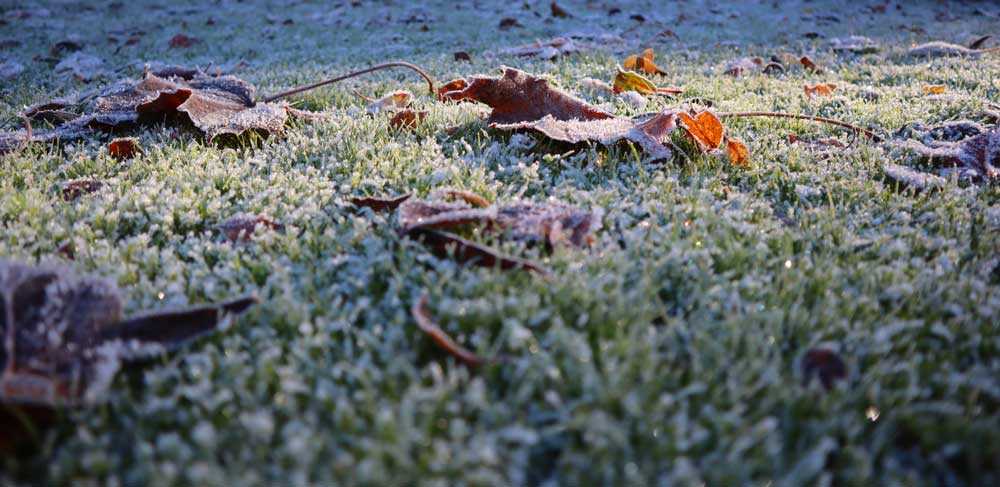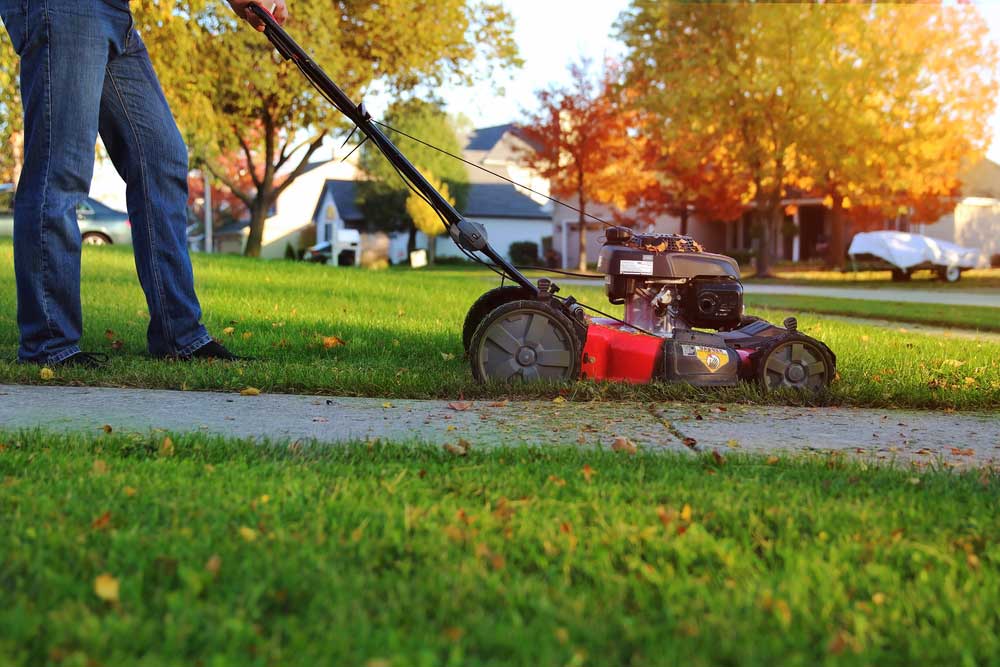
If you see falling leaves and light rainfalls, then the chilly season is right around the corner. Although you may have spent a lot of time and energy on your lawn during the summer, hard work doesn’t always ensure a healthy lawn during the cold season—especially if you don’t properly prepare for the colder months ahead of time.
Fortunately, there are ways for you to save the appearance and appeal of your lawn as temperatures continue to drop. Here’s a bit more on how you can set up your lawn for the chilly season without spending too much energy.
Mow Your Lawn
Begin by mowing your lawn at the right height. If grass blades get too long, they can block sunlight from reaching the stems. This can even happen to warm season grasses before they’re supposed to go dormant.
On the flip side, you don’t want to mow your lawn too short so that you scalp it either. You shouldn’t remove more than one-third of the grass’s blade during each mowing. The goal is to cut grass to a height where it doesn’t resemble a scalped lawn but also doesn’t accumulate snow mold for those who live in northern areas.
We typically recommend setting your mower at the highest setting, however, the perfect mowing height for your grass can vary. Refer to our Care page and select your grass type to find the proper mowing height for your specific grass during the fall season.

Rake Up Any Fallen Leaves
Autumn leaves might look appealing, but when you leave them on your lawn for too long, it gives off an unpleasant look. Moreover, a buildup of fall leaves can also damage your fresh grass blades. Autumn leaves can block sunlight towards the grass blades, hindering their active growth and food storage. It also creates ideal environments for disease outbreaks. Stay on top of any fallen leaves by periodically raking them every so often. If you mow over them, you can create a nice mulch that contains healthy organic material and benefits the lawn. Learn more here.
Fertilize Your Lawn
Fertilizing your lawn during the fall is an important part of lawn maintenance as it gives the grass the nutrients it needs to survive during dormancy or cold weather. Applying the proper fertilizer in the fall will also help it green up properly come springtime.
However, adding fertilizers to the grass before it has time to break nutrients down and go dormant can serve as a waste of time, money and won’t be very effective for your grass. Applying the fertilizer when the temperature is around 60°F with some rain is the best approach.
Adjust Irrigation for Your Lawn
If you have an automatic irrigation system on your lawn, you should revise your irrigation schedules. Although you should reduce irrigation frequencies and amounts, your lawn is still a living organism and will continue to need water throughout the winter season unless coated in a layer of snow. Water your lawn enough so that the soil receives nourishment and keeps grass blades from drying out.
Don’t Forget to Weed Your Lawn
Fall is the best time to prevent weeds that may damage your lawn during the cooler months ahead. Apply a pre-emergent herbicide like 0-0-7 with 0.38% Prodiamine to prevent winter weeds like henbit or chickweed. Pre-emergent herbicides should be applied during the spring and fall to prevent weeds while post-emergents treat any current weeds residing in your lawn. Learn more about fall pre-emergent applications here. You can pick up 0-0-7 with 0.38% Prodiamine at one of our seven Carolina Fresh Farms outlets.
Although cold temperatures and chilly rainfalls are almost here, these few simple steps for winter preparation are still easy to accomplish. Our online care guides provide yearly maintenance programs, suggested products and more for each grass type. We are also happy to offer our expertise both by phone and in any one of our seven brick and mortar locations.
